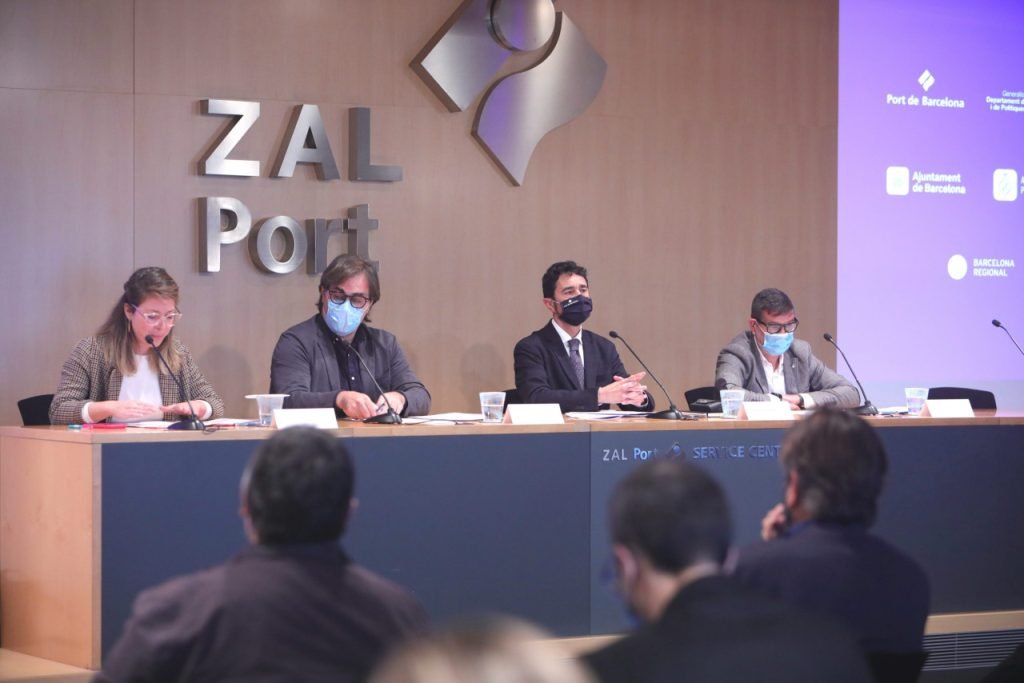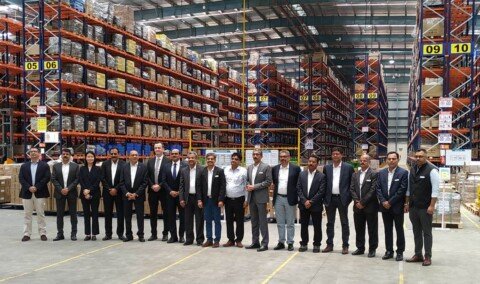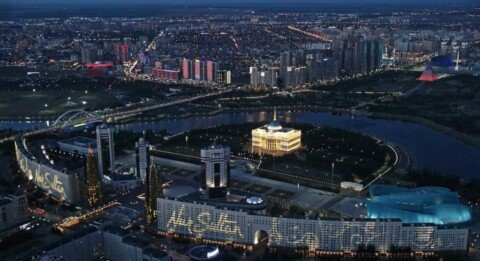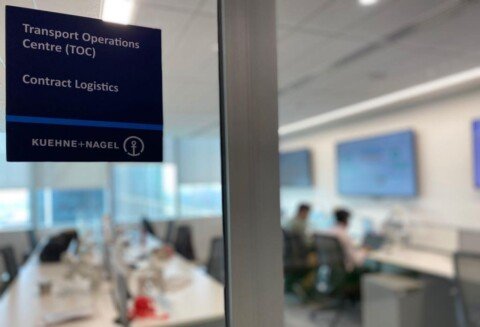The preliminary process of citizen participation has begun for the Urban Master Plan (UMP) of the Intermodal Logistics Terminal of the Port of Barcelona.
Citizen participation is a preliminary step before drafting, process and final approval of the plan which envisions an infrastructure complex that boasts a ferroutage terminal, a reception and shipment terminal and a loading and unloading terminal.
Damià Calvet, President of the Port of Barcelona, said that “the economy of Catalonia needs a more efficient, competitive and sustainable Port of Barcelona.”
“With this urban planning instrument, agreed by the four competent administrations, we are laying the groundwork for the railway and road accesses and the railway node.”
Once the contributions of citizens and local bodies have been incorporated and the environmental side of the project process, initial approval of the UMP and the start of public consultation are expected.
The amendments collected from citizens, town councils and associations during this public consultation will help to finish shaping the document for which final approval will foreseeably l be given by the Territorial Commission of Catalonia in the first quarter of 2023.
Combined with existing infrastructure at the port – the BEST rail terminal and Terminal C – the new infrastructure will form a very powerful six-terminal rail node to serve the Port of Barcelona and the surrounding area.
It will serve not just maritime-land and land-maritime traffic, but also land-land traffic which will help to improve sustainability and efficiency.
The Port of Barcelona’s intermodal strategy, which fosters rail as an efficient and competitive transport, has meant 2.8m fewer truck journeys in the last 10 years.
In 2020, rail traffic in the port area kept 175,000 trucks off the road, the equivalent of 700 fewer trucks on the road every day.
This drop in road traffic meant 42,700 fewer tonnes of CO2 were released and 14m fewer litres of fuel were burned.
The node occupies 68 ha of land and the aggregate of this infrastructure, with the new land accesses to the Port of Barcelona and the 10 railway sections of the Barcelona axis, will increase the number of containers entering and/or leaving the port by train.
In 2020, rail traffic in the Port of Barcelona was 269,304 TEU with a 15% rail share of containers and a 42% rail share of vehicles.
The Intermodal Logistics Terminal is expected to make it possible to shift about 400,000 containers and 46,000 semi-trailers from road to rail every year.
Janet Sanz, Deputy Mayor for Ecology, Urban Planning, Infrastructure, and Mobility, Barcelona City Council said, “This UMP is an example of a new way to manage the port-city that incorporates new green and sustainable industry, sustainable public infrastructure and co-leadership between large institutions like the Port of Barcelona, city councils and the regional government in the service of the public interest.”
The UMP will include regulation and urban planning of the spaces affected by new infrastructure, envisioning the creation of 20.8 ha of new green public spaces and the Green Corridor Agricultural Park of the Llobregat-Montiuic Park.
It also envisions using green corridors as buffers to integrate the new infrastructure into the landscape and will guarantee the territorial integration of the new infrastructure and ensure the infrastructure is used for logistics and transport.
Therefore the Intermodal Logistics Terminal of the Port of Barcelona will not impact valuable spaces nearby.
Calvet added, “The port’s commitment is substantial. We are talking about the Port of Barcelona putting £15m (US$17m) toward direct investment outside the port area to create the urban planning conditions envisioned under the UMP.”
“This move guarantees the environmental and social function of our public spaces.”
El Prat Mayor Lluís Mijoler said that the UMP’s progress was the result of “all the administrations involved opting for dialogue and negotiation.” He added that “for the El Prat City Council, giving value and getting the location of our green spaces right was very important” and asserted that the proposed solution will “restore territorial balance to the Delta, reconnect the city with the Agricultural Park and natural spaces, and replace what had been a wall south of El Prat with a green and sustainable cushion.”
Agustí Serra, General Director of Territorial and Urban Planning, Government of Catalonia stressed that “this will be an urban planning tool that will make it possible to implement the Port of Barcelona’s intermodal terminal, and will integrate infrastructures and spaces dedicated to the productive economy into the territory with across-the-board consensus from administrations.”







